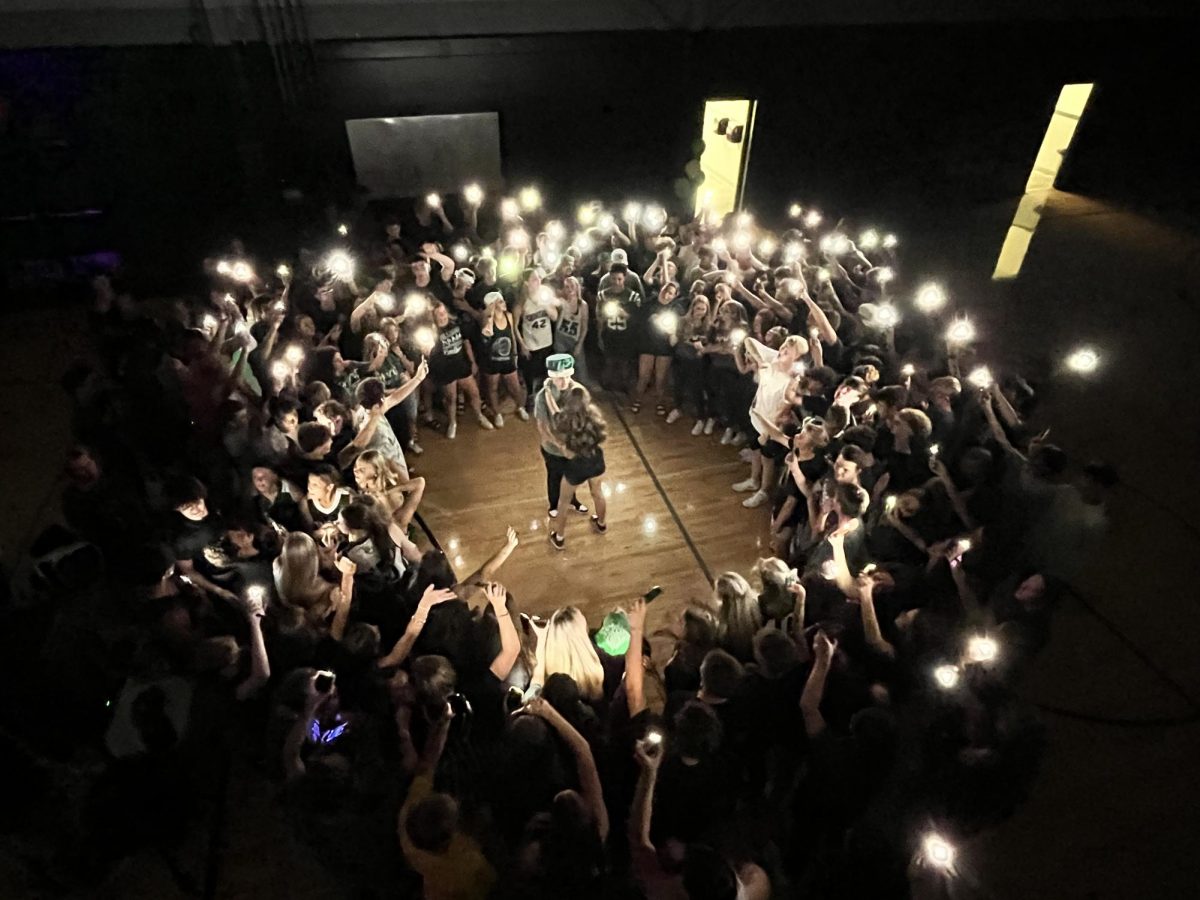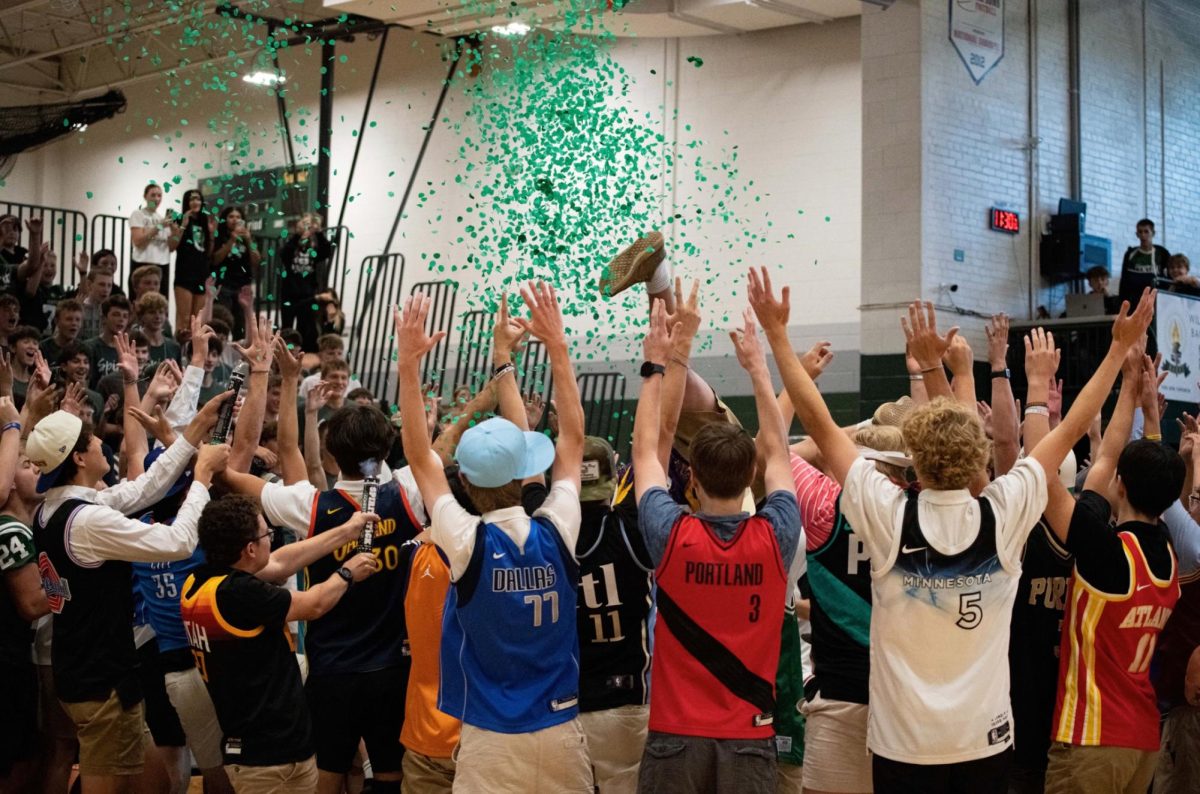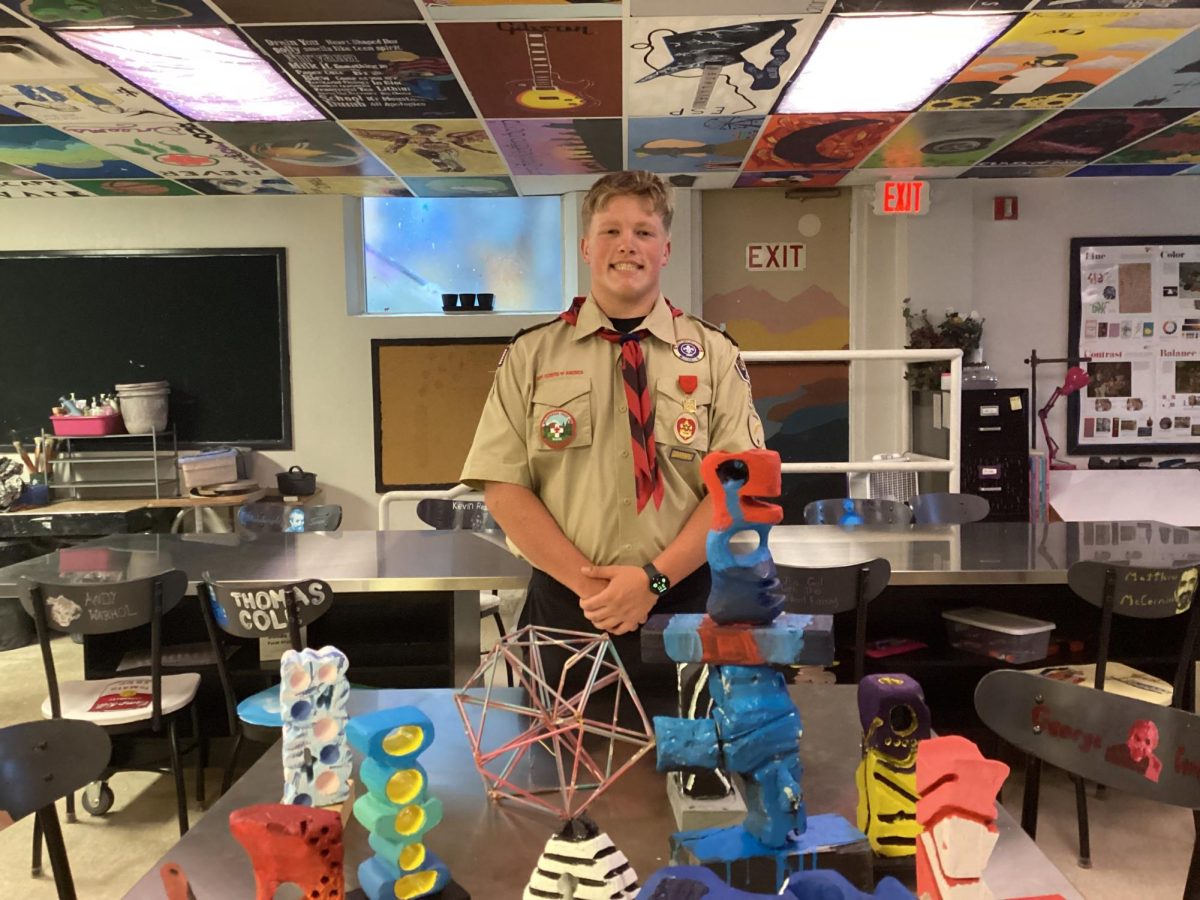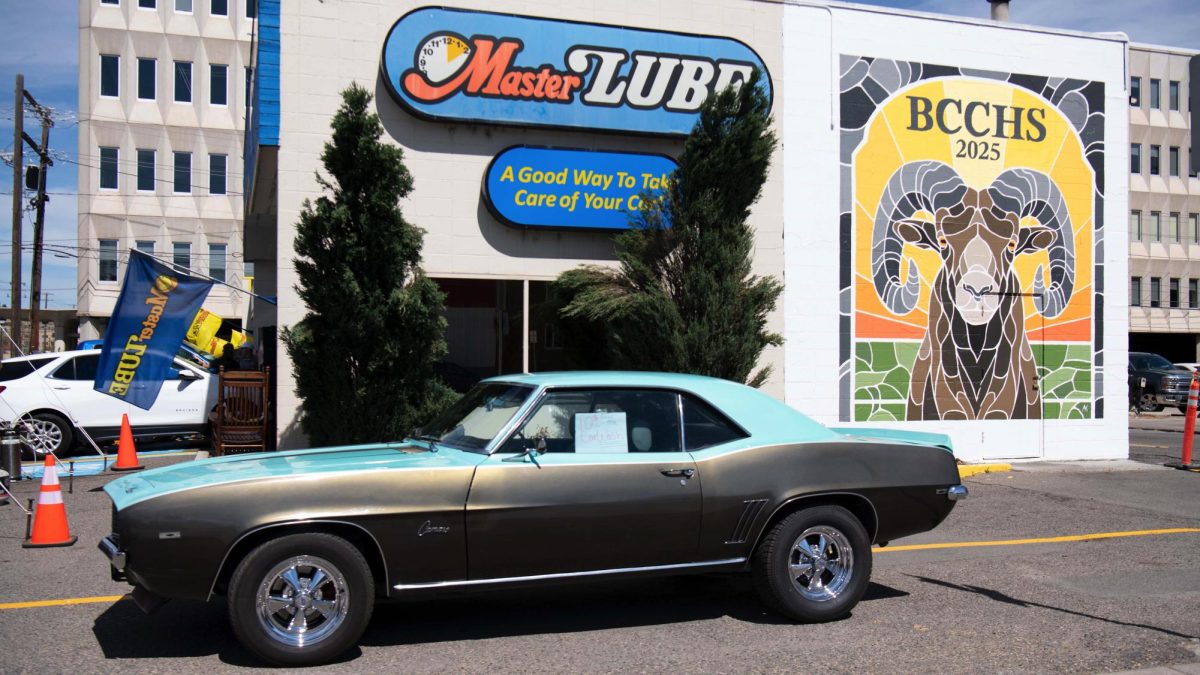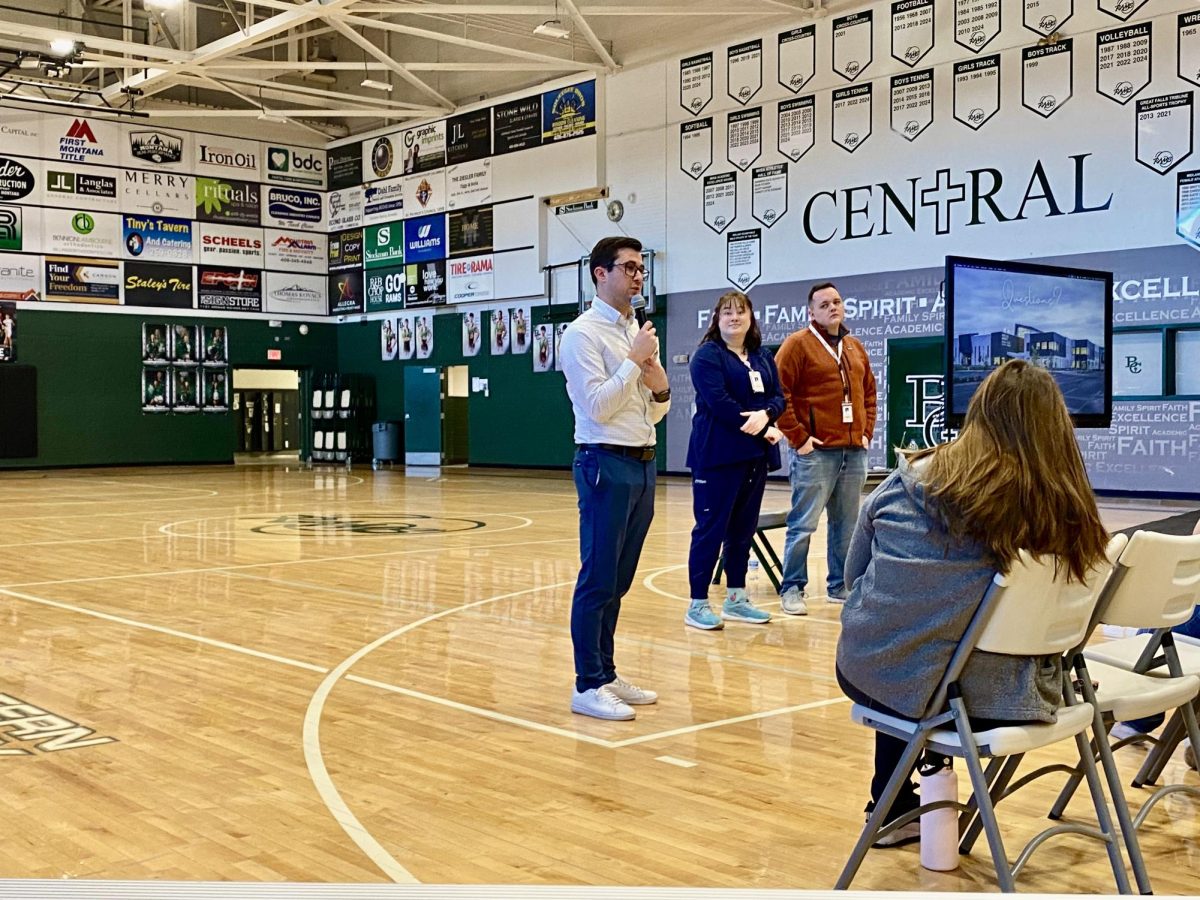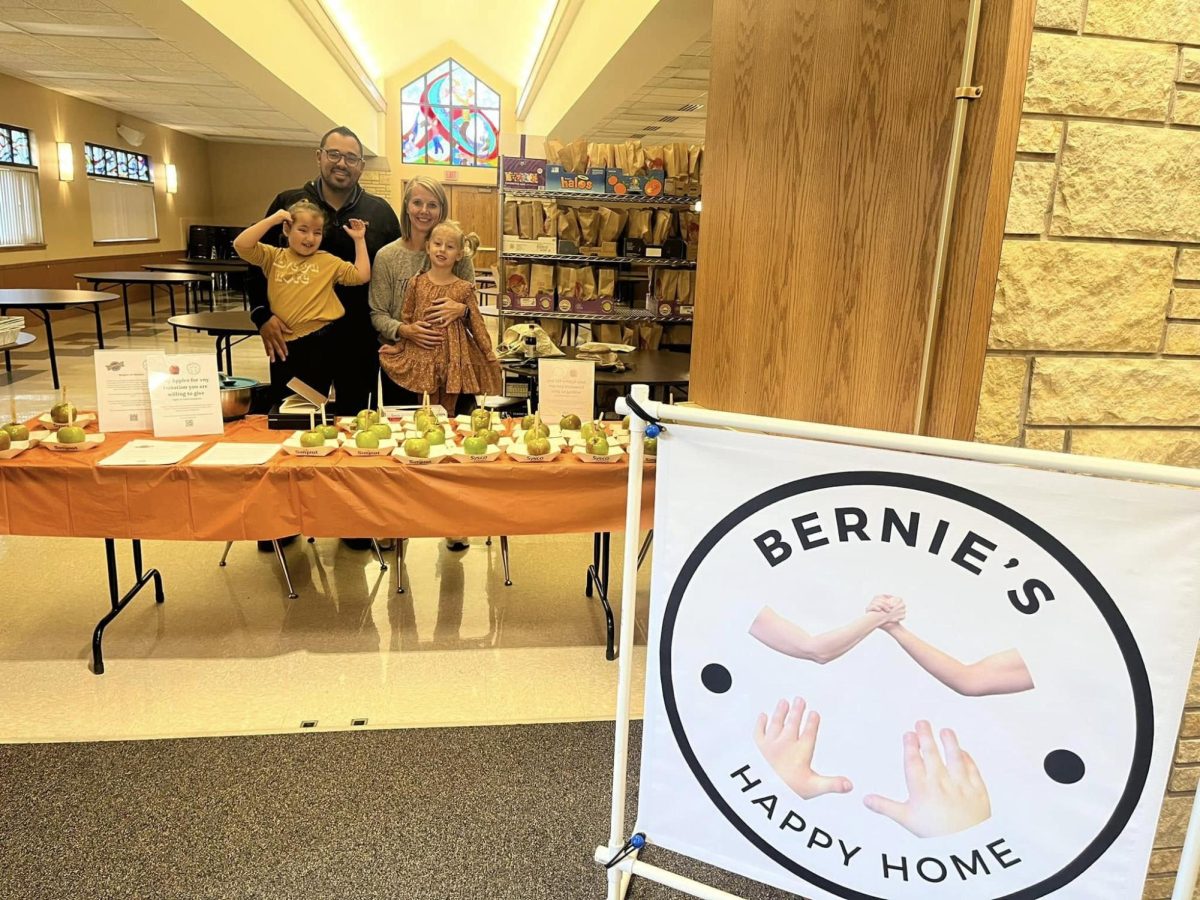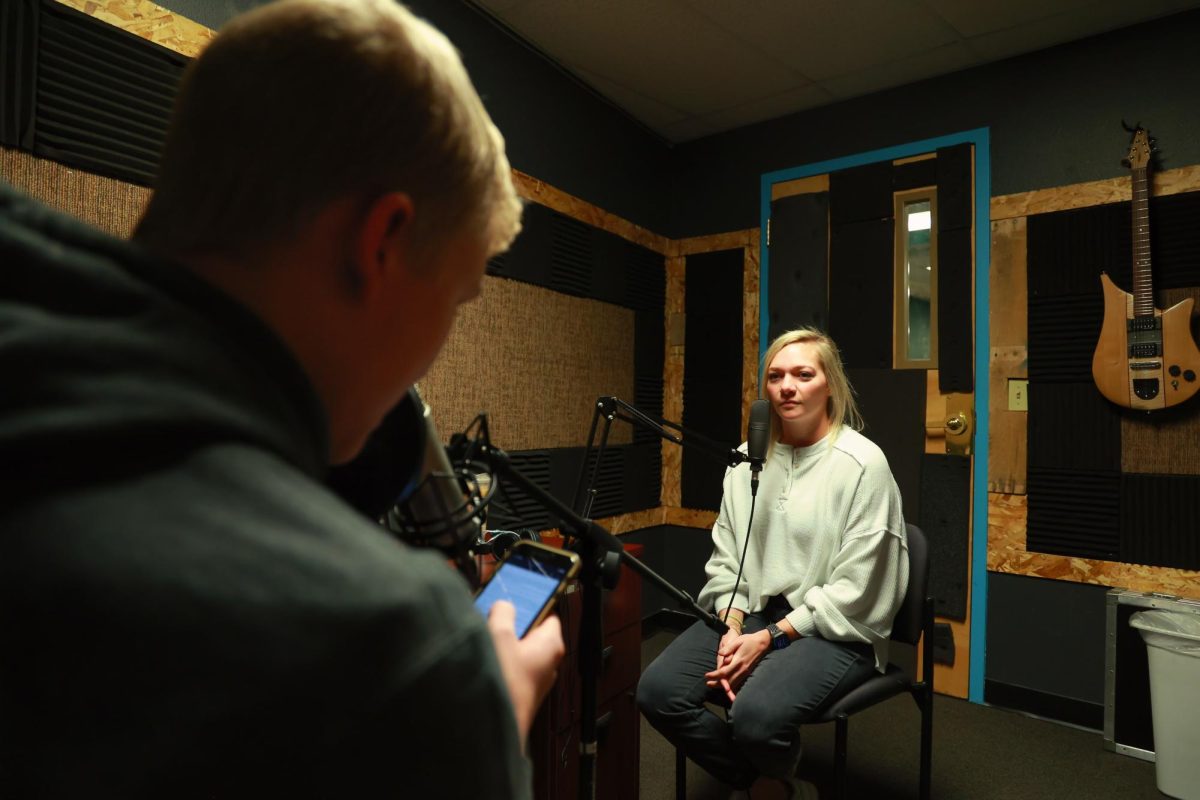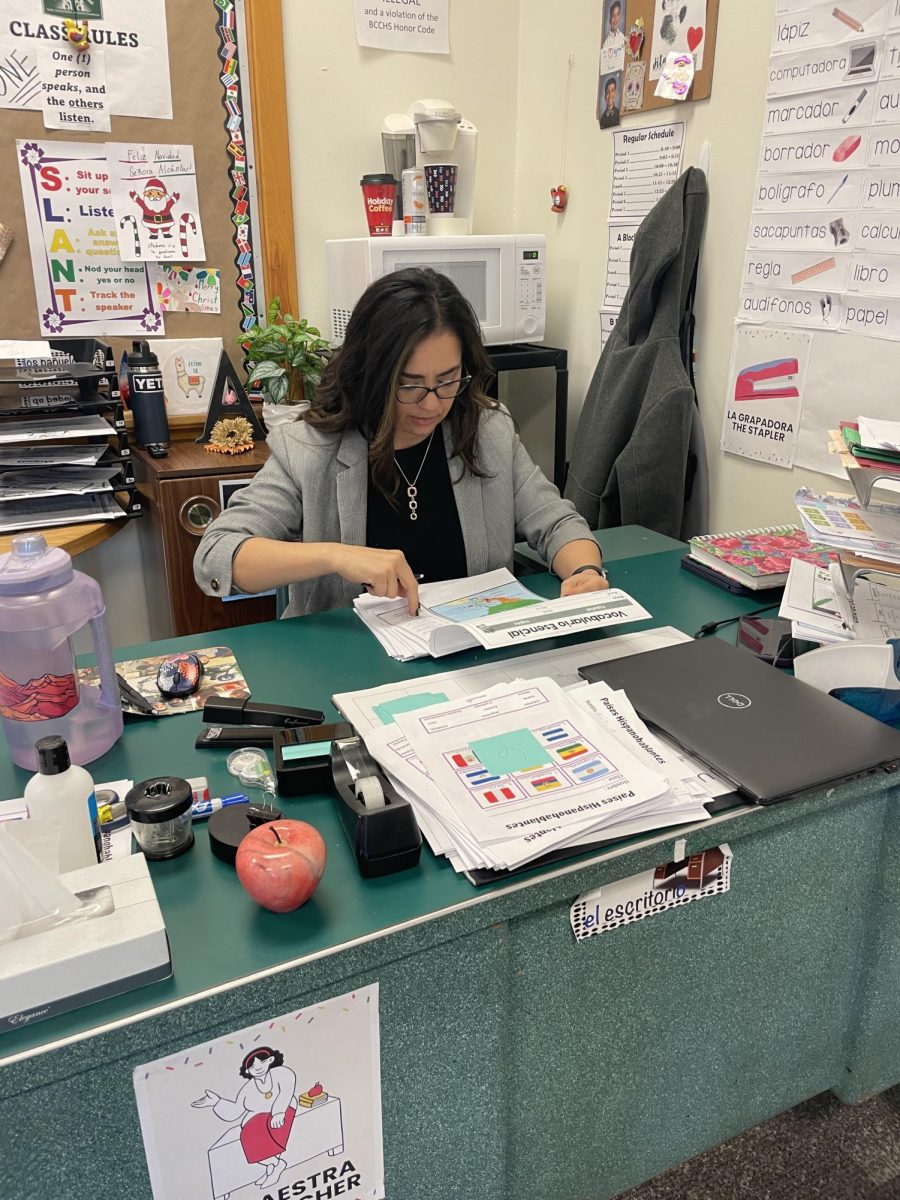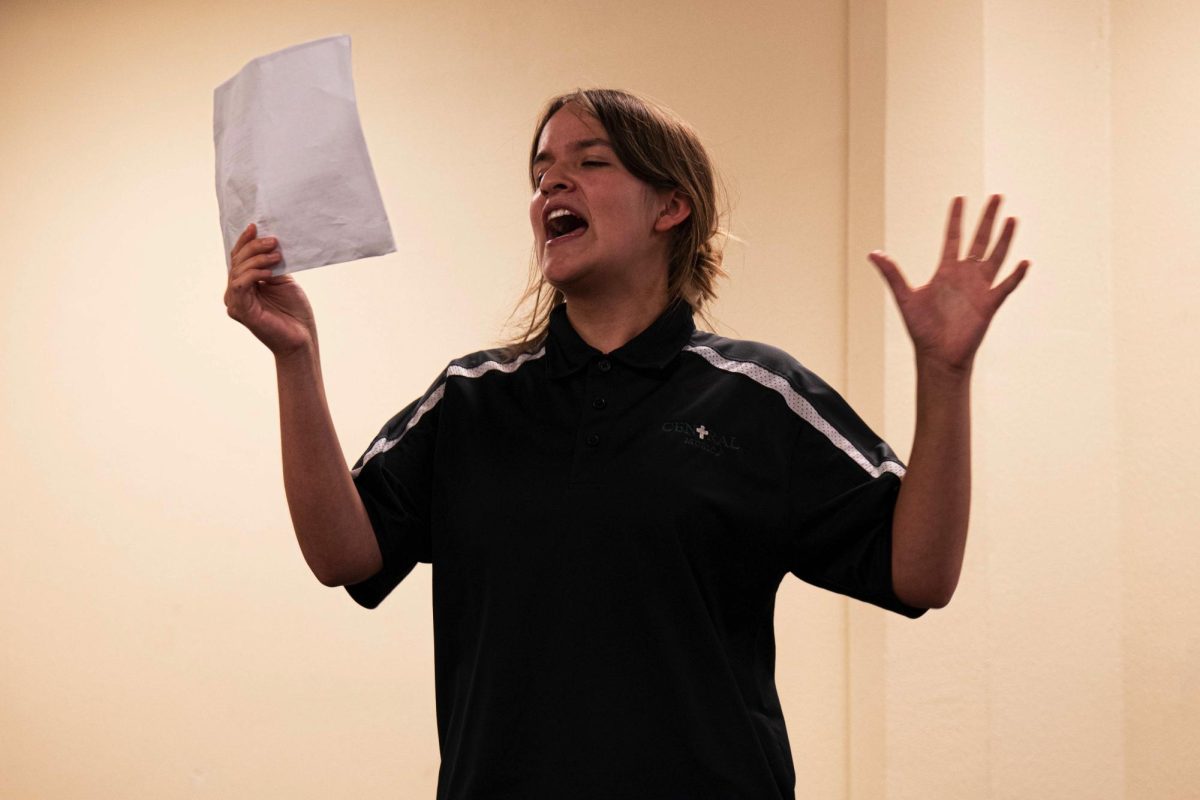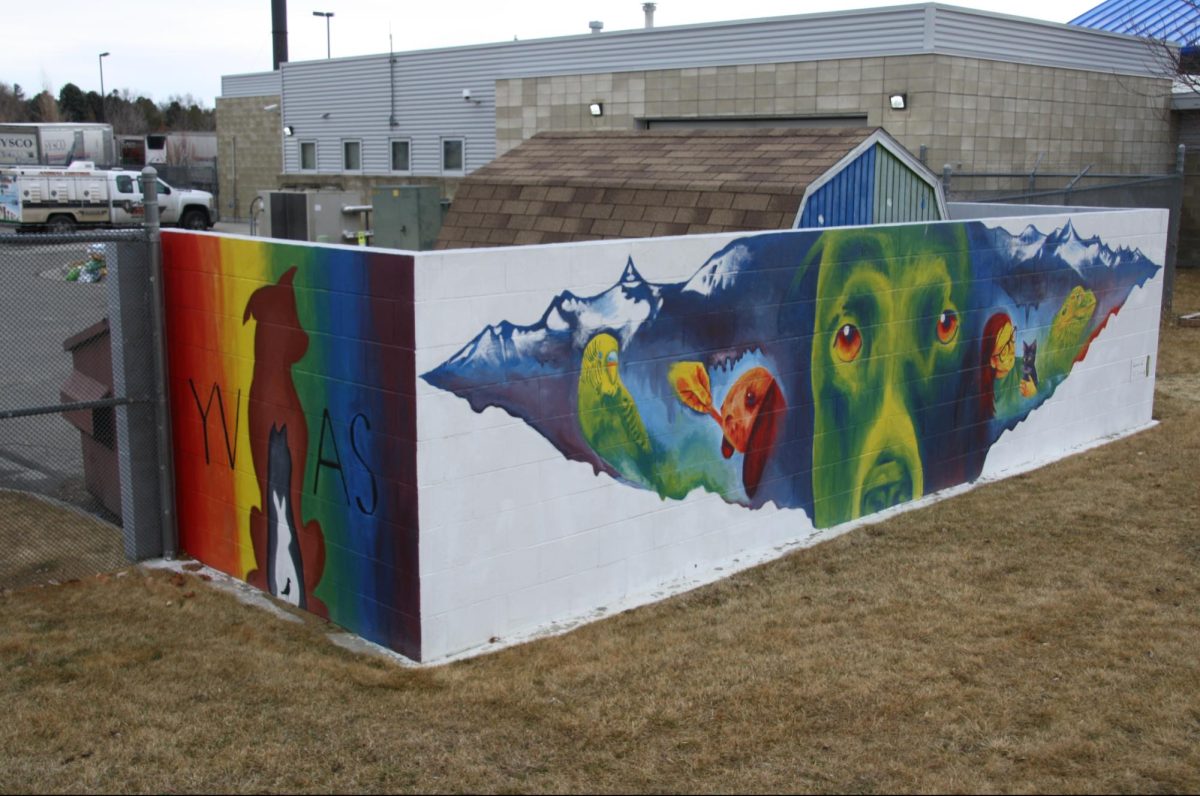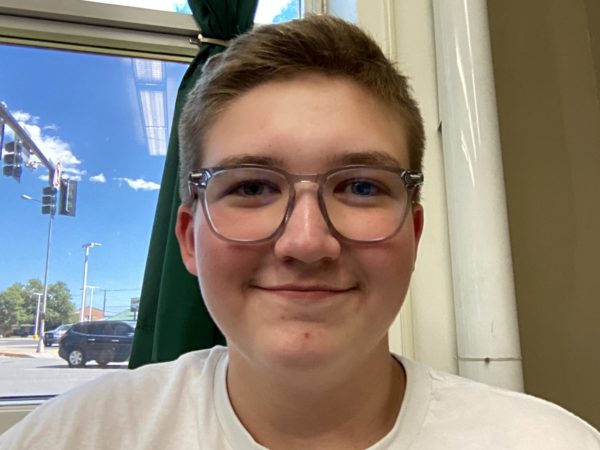By a unanimous vote at a February city council meeting, Yellowstone Valley Animal Shelter (YVAS) was gifted Wilson Park from the City of Billings, an underdeveloped area east of Riverside Road, to serve as the site of YVAS’ new shelter.
According to YVAS’ executive director, Triniti Halverson, the new shelter’s initial plans are to develop between six and eight acres of the park’s sixteen acres. The shelter will be accompanied by a new vet clinic, which is projected to be completed in early 2028.
With the construction of the new shelter, one might expect capacity to be a priority, but, for Halverson, it’s actually “‘capacity for care’ that matters.” “If we can’t provide everything they need for their care, even if we have a kennel open for them, it means that we don’t have the capacity for care,” Halverson said. In accordance with the principle of “capacity for care,” YVAS’ goal is to see an implementation of amenities and quality of life improvements for all animals in the new shelter. Halverson explained that, “It’s not necessarily about increasing the capacity, but it’s increasing our capacity for care so that every animal has access to what they specifically need to be successful.”
Along the theme of “capacity for care,” Halverson cites access to natural light, ventilation, and overhead sprinklers as YVAS’ expectations of the new facility. “If you can’t grow a plant in there, you probably shouldn’t be keeping a pet in there,” explained Halverson.
As far as enrichment through amenities, Halverson said, “For animals that we hold that do have aggression issues…they’ll have specialized kennels where those dogs can take themselves outside.” For the shelter’s feline population, Halverson hopes to include more outdoor enrichment opportunities.
While some might consider increasing adoption to be another main priority, YVAS already boasted an average length of stay of only six days for cats and four days for dogs as of 2023. This is in stark contrast to the national average length of stay, which is 30 days for all animals. As such, with the construction of the new facility, increasing adoptability is not a primary objective of the new shelter; rather, it’s the concept of shelter diversion that is most important. “The real goal is to make sure that there aren’t animals who need the shelter, that there aren’t homeless animals, and that people don’t have to give up their animals,” Halverson said. “For lack of a better term, we hope to put ourselves out of business.”
Halverson also said that, by growing their programs and opportunities with the new shelter, they can help people keep their animals through financially accessible veterinary care, pet responsibility training, and the offering of basic necessities for animals, such as treats and kenneling.
YVAS exceeds many metrics for success, boasting exceptional length of stay averages and a 96% live outcome for the animals that enter into the shelter. Of course, as a non-profit, the funding for this new shelter comes from the fundraising events that YVAS hosts, which is why community engagement through donations is imperative.
“We don’t want animals to need us. If an animal has a loving home in the community, we want to bridge the gap to make it a happy, healthy home,” Halverson explained. “If you have a pet and you need a service, you know you can come to us.”

